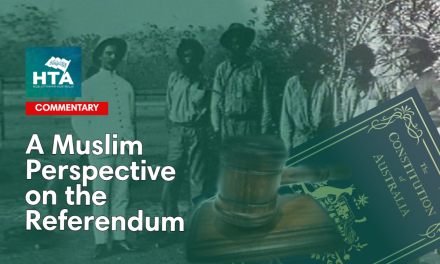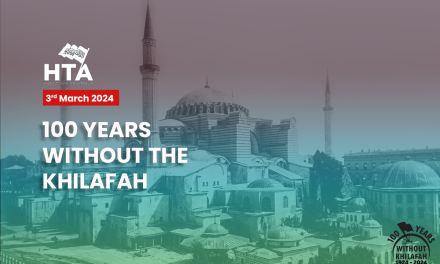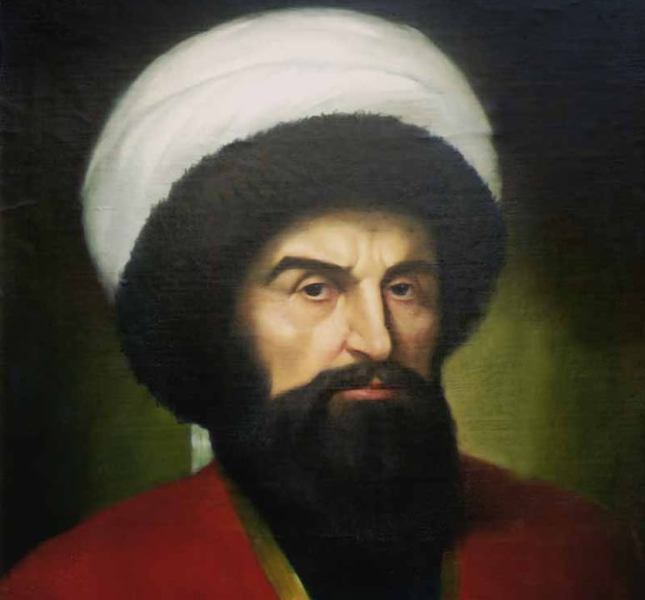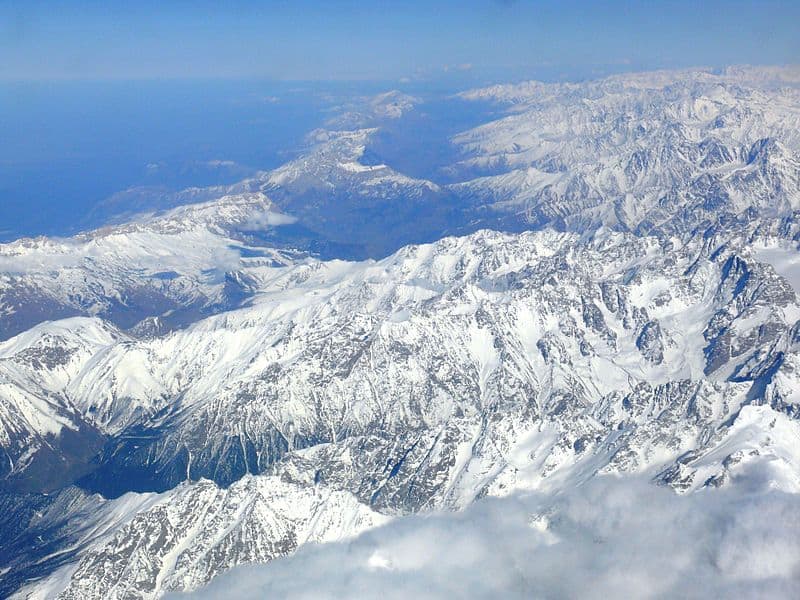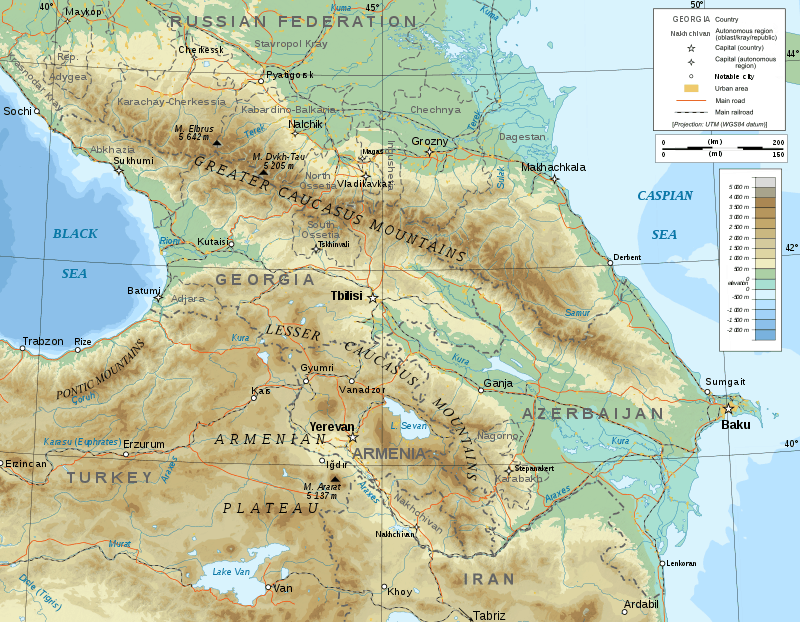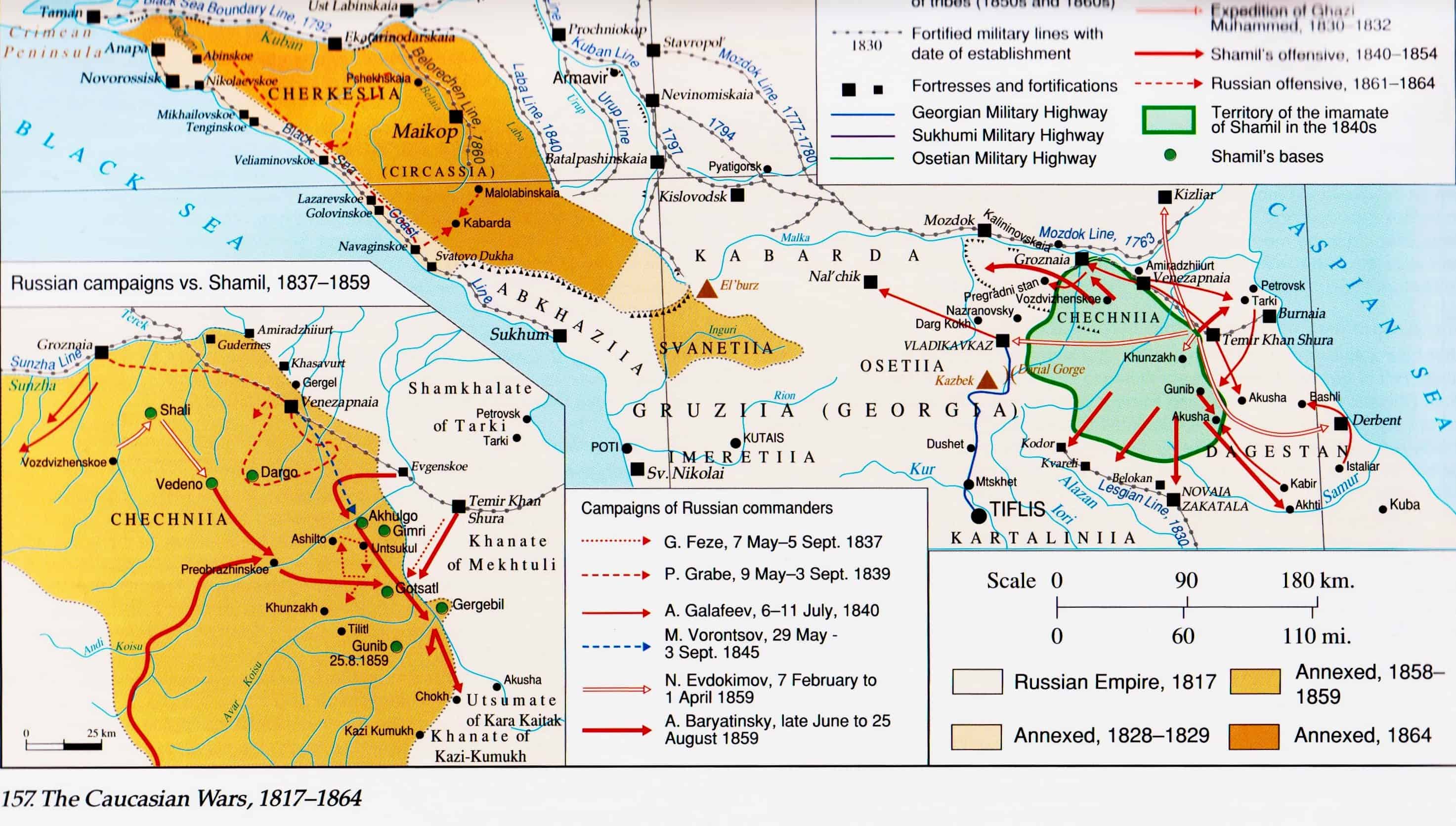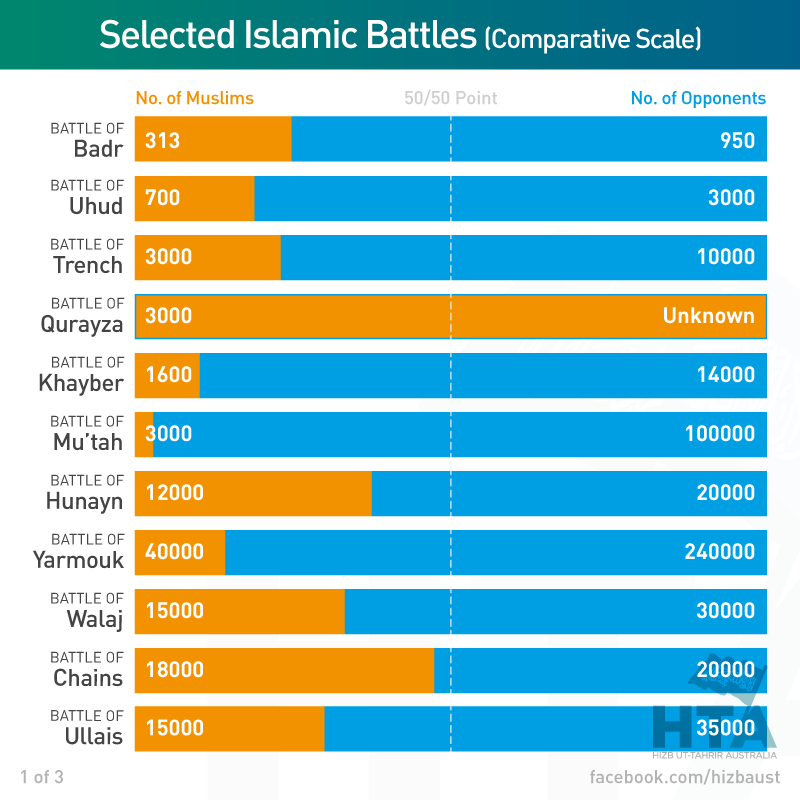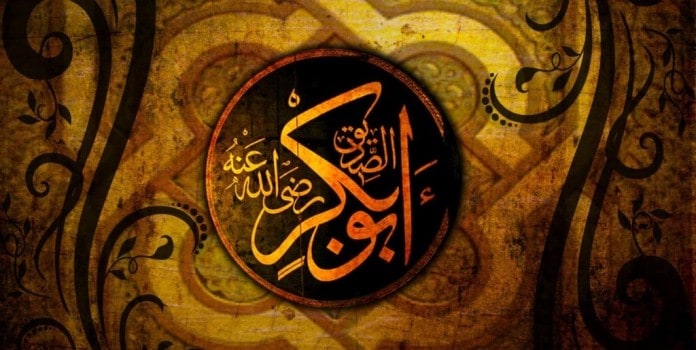When you think of a sufi order in this day and age, physical Jihad isn’t usually the first thing that comes to mind. But historically, and scripturally, Tasawwuf and Jihad aren’t worlds apart like one might imagine these days. There are few better recent examples to show this than in the life of Imam Shamil, a noble Sheikh from the Caucasus who lived in the 1800s. He was well-educated, spiritually devout, and would ultimately lead the Muslim fight against the Russians in the Caucasian War of the 1800s. This article looks briefly at his life and valiant resistance.
The Caucasus
The area between the Black Sea and the Caspian Sea is known as Dagestan and Caucasia. For centuries, adamant tribes lived an autonomous life in this mountainous location where dozens of ethnicities, languages and their dialects exist today.
Islam arrived in this region from two sides. Georgians, Laz and Circassians living in the Caucasus became Muslim through the Ottomans. Dagestan was already introduced to Islam through Arab merchants in the early centuries of the rise of Islam. Being pressured between the Russian and Persian Empires over years, Caucasus and Dagestan got closer to the Ottomans. Unable to stand against imperial Russia’s goals, Muslims in the Caucasus migrated to Anatolia in masses from 1864.
The relations between Dagestan and Muslims in the Ottoman Caliphate date back longer. For some time in the 16th century Dagestan was an Ottoman province. From 1747 onward, Dagestan was invaded by the Russians. The Russian army under Gen. Aleksey Petrovich Yermolov suppressed the people’s resistance in 1819. In 1830, tribes in Dagestan declared jihad against Russia. Imam Shamil was the legendary figure who led resistance against the Russians.
From noble roots
Born in 1797, Imam Shamil was the son of a religious and noble Avar family. Avars are a native Caucasian ethnic group that lives in the north Caucasus between the Black Sea and Caspian Sea. Earlier, Avars were a Turkic community that established a khanate extending from Central Asia to central Europe in the sixth century. They laid siege to Istanbul and crossed the Bosporus on horseback. The Avars came apart after Frankish attacks in 805 and mingled among local people in Eastern Europe and the Balkans. Some of them, who settled in Dagestan, learned local language of Lezgi people and adopted Islam in the 13th Century.
Belonging to an ethnicity that marked such history was something like a harbinger of Imam Shamil’s bright life. His name was changed from Ali to Shamil because he frequently got sick, and according to a folk tradition, changing someone’s name brings health. After Shamil got a traditional education in his village, he was enlightened by Jamaluddin al-Ghumuqi, a sheikh from the Naqshbandi sufi order. He married Ghumuqi’s daughter and later went to Damascus to meet Ghumuqi’s famous teacher Khalid al-Baghdadi. There Imam Shamil gained an advanced level of knowledge in religious sciences.
Experience out in the field
When he returned home, he took part in the resistance against the Russian Empire facilitated by his childhood friend Ghazi Muhammad. Russian forces killed his friend in 1832. When Hamza Bek, who led counterattacks after Ghazi Muhammad’s death, was also killed in 1834, Dagestani mujahidin chose Imam Shamil, who was 39 years old then, as their imam.
Imam Shamil re-organized the mujahidin. With a height over 2 meters, an athletic appearance, strength, knowledge, articulation and an unbreakable faith, he gained the trust of people around him. He formed a fully-established military unit against the Russians. These mujahidin became a nightmare for Russian armies; Russians responded with crowded military forces and heavy weapons to Imam Shamil’s defiance with basic arms from 1834-1859. Their stubborn resistance in the Caucasus was heard all around the world.
Adept administration
He established regents in the areas under his control. Five regents formed a province and an emir was assigned to each province responsible for religious and life affairs. Regents collected taxes and soldiers as well as acting as judges. In each village, a qadi (judge) was in charge responsible for maintaining security, writing correspondences to regents and declaring orders to the public. Each regent was also responsible of looking after 300 cavalry men. In villages, a soldier was taken from each 10 homes and his family would be held not to pay taxes. The number of mujahideen reached 5,000 people in 1843. All men aged 15 to 50 had to be adept at horsemanship and using arms because they protected their homes by themselves from attacks. Imam Shamil provided arms partially from both the Ottomans and Persians. However, they had an old, big arms manufacturing plant built in a rocky area in Kubachi.
Imam Shamil had almost a 1,000-member special guard unit. They used to wear green turbans on a papakha made of galyak – fetal lamb pelt. Soldiers appeared in yellow Caucasian attire while officers wore traditional clothes in black. The group’s sign was a square-shaped ash grey rag placed on the front of their hats.
Single soldiers were not allowed to marry while married soldiers were forbidden to meet their families during military service. They took a share from captured treasure. Imam Shamil’s military forces became famous among the public as whichever village they went to, locals competed to treat them.
Russian rivalry
The Dargi War was the most famous victory of Imam Shamil’s against Russian Imperial forces. A Russian army of 150,000 soldiers surrounded Dagestan and blocked the roads. Following a significant loss, Mikhail Semyonovich Vorontsov, the leader of an advance guard with 18,000 soldiers heading to Imam Shamil’s headquarters had to drawback from Dargi on July 25, 1845. Three generals, 195 officers and 3,433 soldiers were killed by Imam Shamil’s forces. Vorontsov attempted to burn forests, which he saw as a big strategic advantage for Shamil, yet failed. In 1851, Hadji Murat, a regent of Imam Shamil, joined the Russian forces. Hadji Murat, who escaped with regret and then died tragically, was the protagonist of Leo Tolstoy’s famous namesake novel.
Tsar Nicholas I of Russia twice wanted to personally meet Imam Shamil, whom he admired. Imam Shamil sent a refusal to the tsar’s letter full of endless promises and bright offers. He was persistent in war and even further declared penalties on those who offered to negotiate with the Russians. Meanwhile, Imam Shamil’s mother, who heard about Muslim villagers being tortured by Russians from two Chechens, asked her son to make an agreement with the Russians. It was a very famous account which described when Imam Shamil ordered 100 strokes of the cane for his mother as punishment, yet it was applied to him as he did not find it in his heart to carry out the punishment on her.
After the Crimean War in 1854 during which Imam Shamil’s military forces supported the Ottoman army, Russians blocked the roads through where Shamil supplied arms. Russian forces bought some tribes to the point where they were unable to resist. Chechnya fell following a two-year struggle. Small groups left Imam Shamil afterwards and Dagestan was entirely surrounded. Still fighting against the Russians, Imam Shamil reached Gunib, a fortified village in Dagestan, with his family. He protected the fortress with his 400 soldiers, yet their number reduced to 100 following artillery fire from 14 well-armed Russian battalions. On Sept. 6, 1859, Imam Shamil surrendered with his two sons.
An agreement made between the Russians and Imam Shamil forced him to go to Istanbul with his companions.On the other side, Russians would not collect soldiers in Dagestan. However, Prince Baryatinski, the battle’s victorious commander, did not keep his promise. Imam Shamil was brought to St. Petersburg. Strangely, Tsar Alexander II of Russia tried to please him with an unprecedented ceremony. During the feast in honour of Imam Shamil, the tsar said: “I am proudly honoured to host you at our table.”
Final years
Following a 10-year obligatory residence in Kaluga, Imam Shamil was allowed to go the Hijaz to observe his pilgrimage. He was hosted by Ottoman Sultan Abdülaziz in Istanbul and Khedive Ismail Pasha in Egypt. Shamil could not return to Istanbul after his pilgrimage and died in Medina in 1871. He was buried in the Maqbaratul Baqī’, the Baqi Cemetery in Medina.
Imam Shamil’s son Ghazi Muhammad Pasha entered the Ottoman Caliphate’s service. He managed the cavalry brigade on the Caucasus front during the 1877 Russo-Turkish War. His other son, Shafi, who was captured by the Russians, became the tsar’s aide-de-camp and a Russian general. Said Shamil, his grandson from his youngest son Kamil Pasha, fought for the independence of Dagestan from 1918-1921, yet failed. He died in Istanbul.

“Shamil’s family”. Left to right: Gazi Muhammad’s confident, murid Hajio; Shamil’s son Muhammad-Shafi; Shamil’s sons-in-law: Abdurrahim and Abdurrahman” photo, Kaluga, 1860
There is much to value in the life and legend of Imam Shamil. He was most surely a stalwart defender of his domain, and may Allah reward him and his loyal allies for their endurance and determination in that regard.
For us, historical figures like the Imam are a lesson as to what tasawwuf was and how an authentic Sufism went hand in hand with shariah and jihad, in its roots. From what we know, Imam Shamil took his religion seriously, and we see that he would not hesitate to enter the battlefield, especially as he was called upon to defend the Muslims in his care. The Imam certainly makes for someone to look up to, and is an enduring figure of bravery and resistance worth pondering in our times.
![]()


